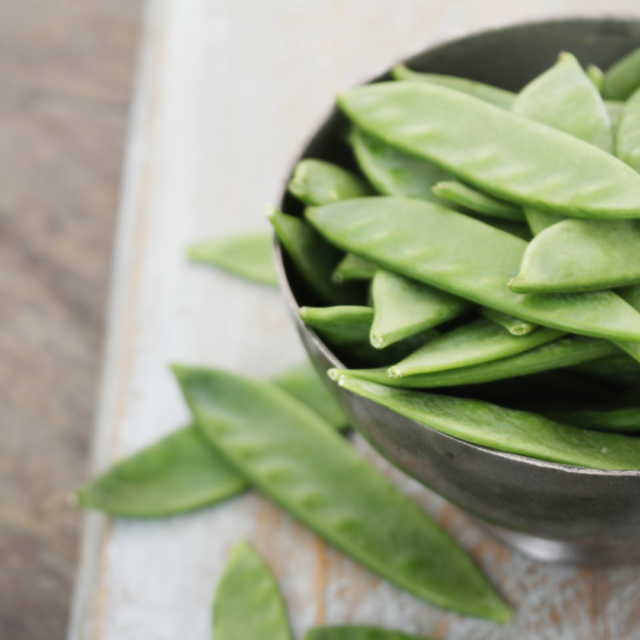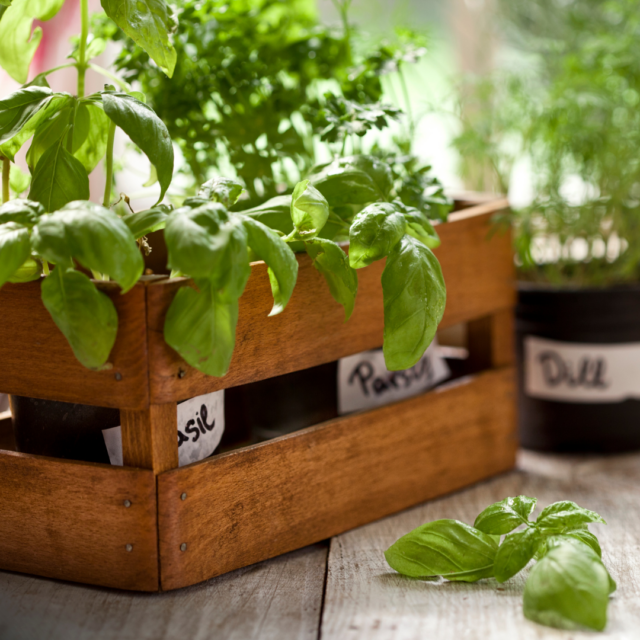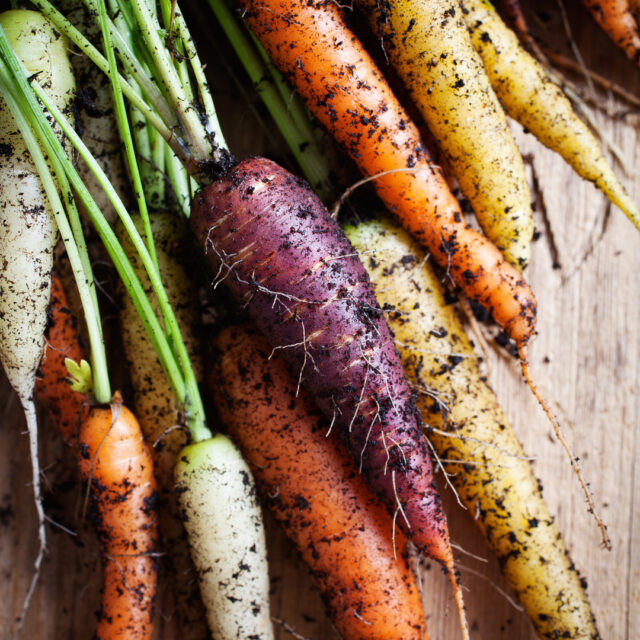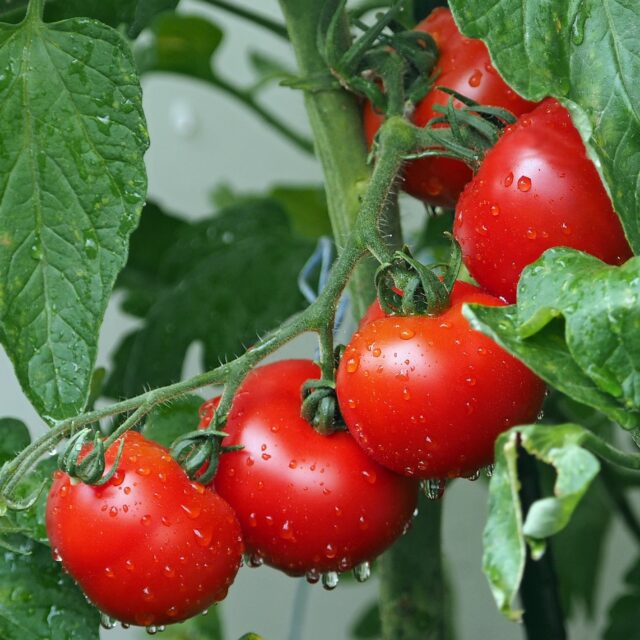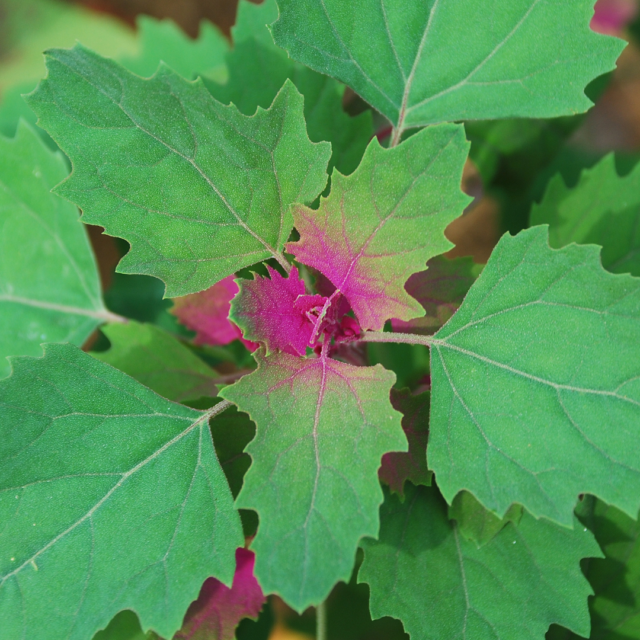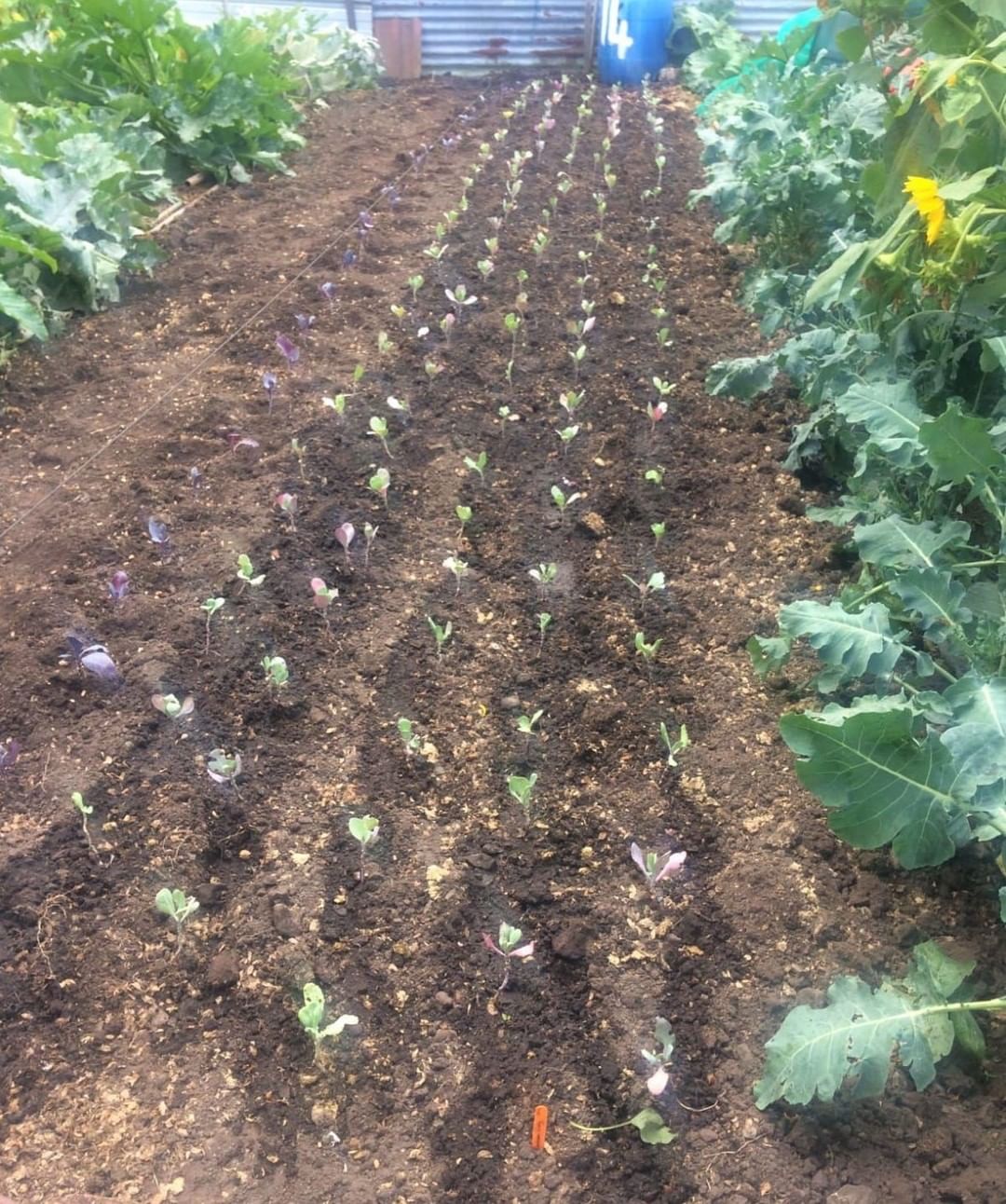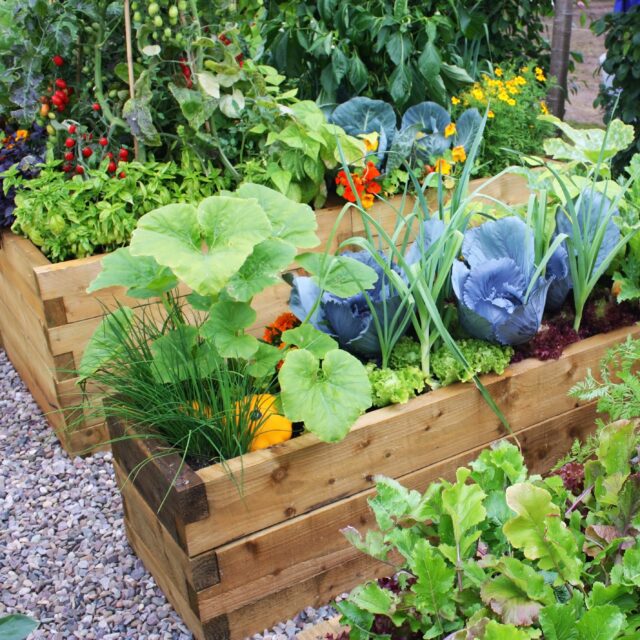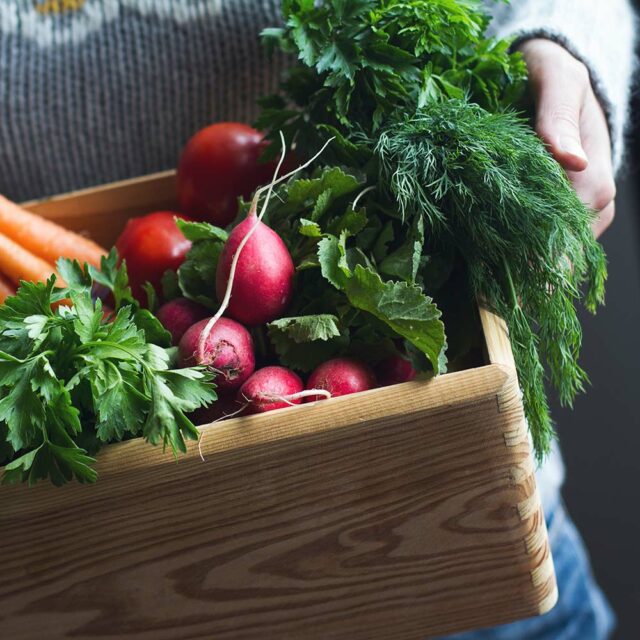With the new year comes new plans, and hopes, for our gardens! To get the most out of your vegetable patch we recommend planning ahead. To give yours the best shot, we’ve put together a quick guide on how to plan a vegetable garden. (Don’t forget, our online shop is open in November for pre-orders, ready for your newly planned garden!)
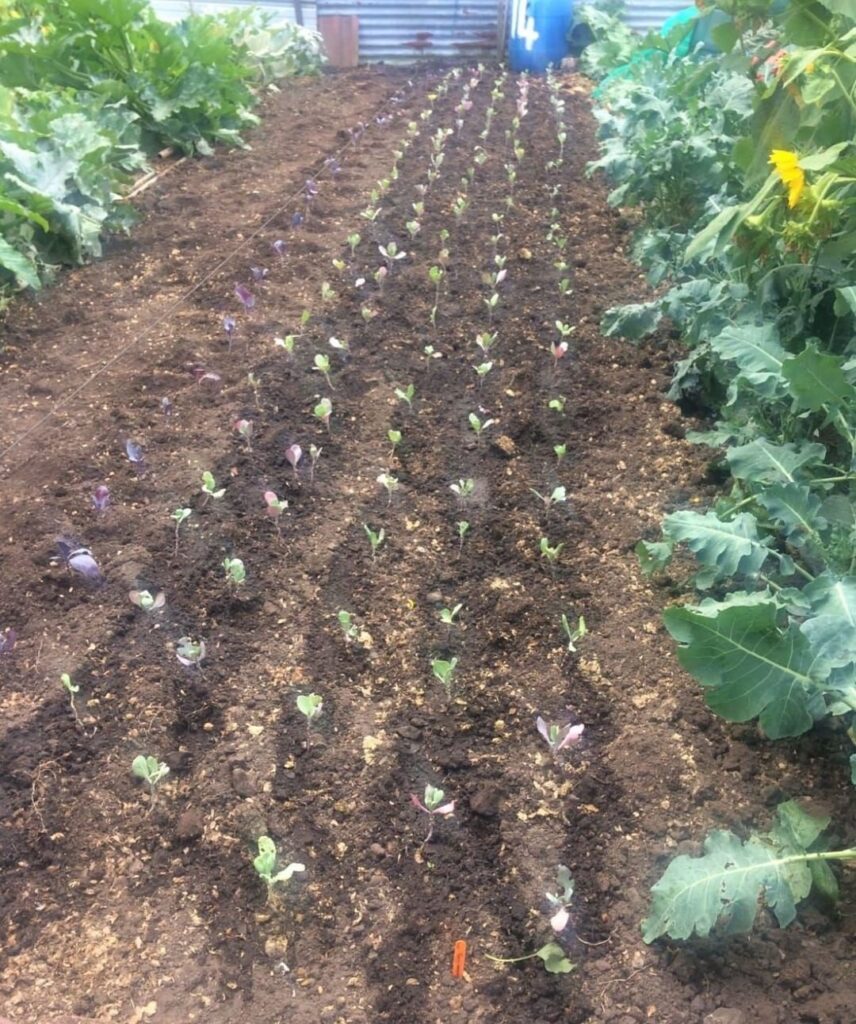
Things to Consider When You Plan a Vegetable Garden
There’s more to planning a garden then just deciding where plants should go. Some of the main considerations are:
- soil type
- space and growing needs
- location
Soil Type
If you have cold clay soil, you may have difficulty growing early crops. This is because the soil takes longer to warm up in the spring. However, your harvests may well extend to later in the year, and will require less watering.
Light soils are good for early crops. However, they can be drier and less productive later in the year.
Sandy soils tend to drain too quickly. They also hold very little in the way of nutrition. You will usually have to add compost to this soil to add nutrients.
It’s best to work with your soil and not try to fight against it. If you have clay soil, consider growing early plants in pots and transferring. If you have a lighter soil, it may be worth growing late maturing crops in shallow trenches that can be easily irrigated.
Space and Growing Needs
Like most things in life, your garden doesn’t like overcrowding. Planting too many crops in the available space is a common mistake. It can result in poor yields as the plants compete with each other for the available nutrients.
When planning your garden, consider the size the plants will be when they reach maturity. Also consider any needs the plant will have when growing. For example, a sprawling squash should be at the edge of vegetable beds. This ensures that they don’t smother other crops. Leafy crops, such as summer lettuce, can benefit from the shade created by taller plants. If you decide to grow sweet corn, it should always be grown in blocks. This so that the plants can wind-pollinate properly.
If you are struggling for space in your garden, it’s worth noting that a lot of vegetable plants can be grown in containers.
Location
The position of your garden is important. Before you begin planning, it’s worth noting where the sun and shade fall within your garden. Also note if there are any warmer or cooler areas.
A garden positioned on a south facing slope will be the warmest. In contrast, north facing gardens will be facing away from the sun.
Find out which parts of your garden get the most sun, especially during spring and fall when the sun is lower in the sky.
Western exposed gardens often get battered by weather that is warm, wet and windy. A northern and easterly exposed garden, however, may have to endure colder winter winds.
If areas of your garden are particularly windy, you may need to provide some protection for plants.
Next Week: Learn What to Grow!
Once you’ve understood a bit more about the space and soil you have available, it’s time for the fun part! Working out what to grow is a truly delightful part of any gardeners year. Next week we’ll be diving in and working out what plants to grow in your veg patch!
